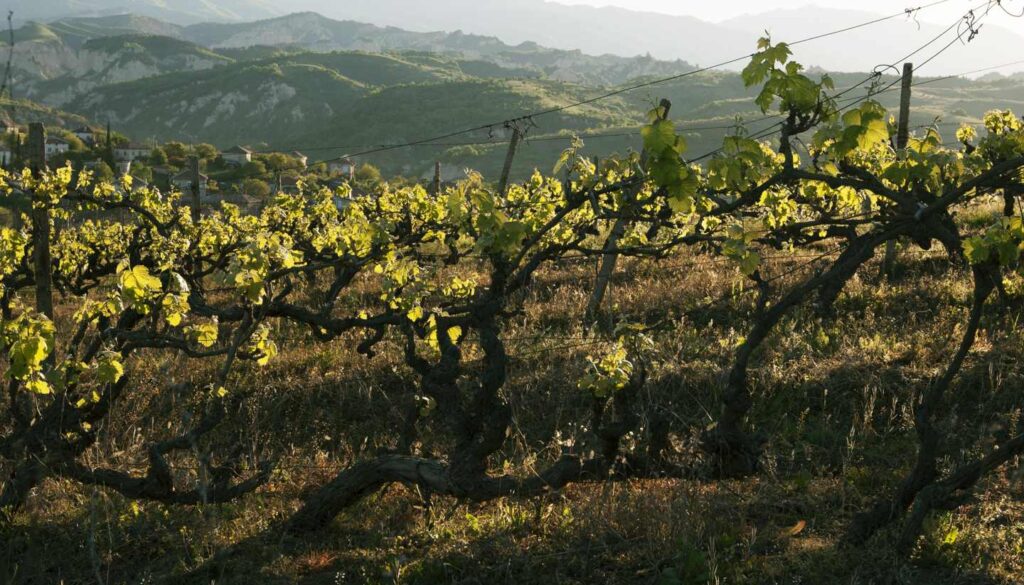[ad_1]
Bulgaria is not yet a well-known wine country, but that is about to change as Bulgarian wineries are making an admirable niche, writes Vivian Yap.
“Finding Bulgarian wine is like finding lost money behind your sofa, there’s an element of pleasant surprise, in this case how good the wine is,” I said.
I’ve been voicing my disbelief to my friend Miros for the past half hour as we sit in the Dragomir Winery tasting room in Plovdiv, Bulgaria. The tasting room, I should point out, is like a home office, with packaging scattered on one side and various bottles on the other. The winery is in the process of moving to the village of Brestnik, 10 km or 6 miles south of Plovdiv, so I can forgive the apparent chaos. But honestly, it’s good with alcohol, you can put me in a cowshed and I’ll still be smiling. So, let’s embark on a journey to discover Bulgarian wines together.
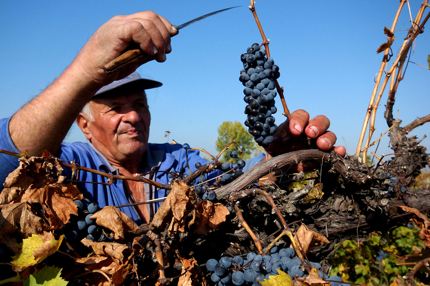
Brewing began a long time ago.
“Did you know that Homer wrote about Thracian wine?” Antonina Porteva, manager of the Bandida wine shop in the heart of Plovdiv, asks me. I have no idea but Google quickly pointed me to The Iliad. It reads, “Prepare an invitation for your counselors. It is right and reasonable that you do so. There is plenty of wine in your tents, which the ships of the Achaeans bring daily from Thrace.”
“We’ve been making wine in Plovdiv for 8,000 years,” she says, her voice brimming with pride and I can understand why. I have been told that at that time wine was sweet as cherries and black as ink, and it was common to mix wine with water. The craft of winemaking then evolved over the centuries, spreading through various ethnic groups and cultures from Thracians, Macedonians, Romans, Byzantines, Ottoman Turks to Bulgarians. During the communist years, wineries in Bulgaria developed a deep appreciation for Bulgarian wines as comrades in the Eastern Bloc.
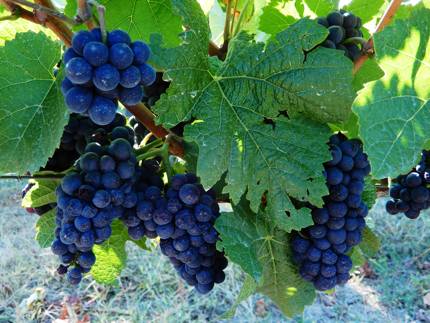
After the fall of communism, the wine industry was in decline as painful social reforms and high unemployment plagued the country. This continued until the late 1990s when trade between the former Eastern and Western blocs began to be liberalized. On January 1, 2007, Bulgaria joined the European Union, ushering in a period of stabilization that further boosted the wine trade and consumption. Today, at the time of writing, there are about 300 wineries in Bulgaria and the number increases every year.
The result is that Bulgaria has a long history of winemaking, aided by a favorable climate (smooth summers and icy winters), fertile soil, and a culture that runs deep with good wine. I believe it is only a matter of time before Bulgaria becomes a strong force on the world wine map.
Where should you start?
Bulgaria has five official wine regions: the Danube Plain in the north, the Black Sea coast in the east, the Thracian Valley in the south, the Stroma Valley in the southwest, and the Rose Valley, a narrow strip squeezed between them. Danube Plain and Thracian Valley.
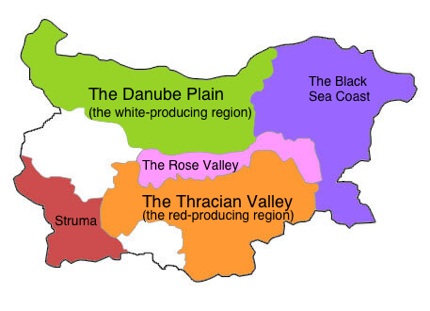
If it helps you visualize, just divide the country in your mind into two parts – the white-producing Danube Plain in the north and the red-producing Thracian Valley in the south. The Thracian region is the most important wine-producing region in Bulgaria, and Plovdiv is located in the heart of the Thracian Valley, making it an ideal launch pad to begin exploring Bulgarian wine.
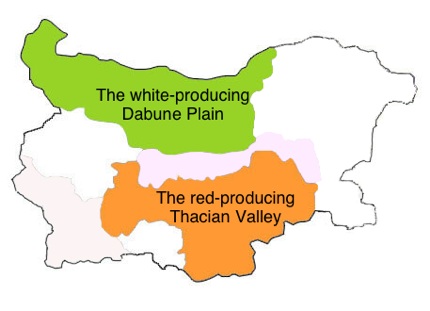
Bulgarian grape varieties
Famous international varieties such as Cabernet Sauvignon, Merlot, Syrah and Chardonnay are grown in rolling hills and grasslands throughout the country. Increasingly though, wineries in Bulgaria have begun to place greater emphasis on local grape varieties. As you’ll hear names like Mavrud and Melnik again and again in Bulgaria, here’s what you need to know:
- Abandoned – Native to the Thracian Valley, Mavrud is like a Bulgarian superhero capable of producing wonderfully spicy, full-bodied wines with a clean, herbal finish. This grape variety is definitely one to watch.
- Rubbing – Invented in 1944 by crossing Syrah and Nebbiolo, Ruben has an abundance of berry flavors on the palate.
- Melnick – There are two popular clones of Melnik, namely Broad-leaved Melnik and Melnik 55 (made from Broad-leaved Melnik, Valdiguié, Durif, Jurançon and Cabernet Sauvignon). Both varieties thrive in the warmest part of Bulgaria, so expect a full-bodied and positively spicy wine.
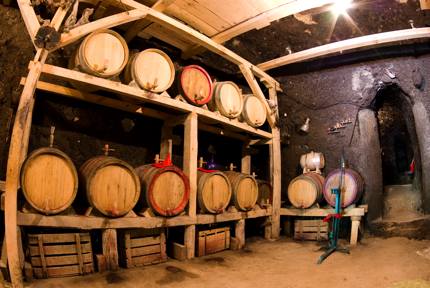
- Pamid – Like Mavrud, Pamid is an ancient variety. It produces wines with delicate toasted notes.
- Rowan – A hybrid between Cherokee Melnychka (aka Broadleaf Melnych) and Cabernet Sauvignon, Rouen has rich fruit flavors and a light peppery note.
- Dimit – An extremely popular grape variety, Dimit produces a well-structured and aromatic white wine with a sweet edge.
- Musket Cherwin – Also known as Red Muscat, this white grape produces a light-bodied wine that tastes like honey cream and smells like a spring garden. There’s also a cousin called Sandanski Misket, an aromatic white with citrus and melon notes.
Luc Sougné, a businessman who imports Bulgarian wines to Belgium, told me that although Bulgarian varieties make excellent wines, they are difficult to sell in supermarkets abroad because not many people have heard of them. In other words, local grapes require personal explanation and experience. I am agree; Before my trip to Plovdiv I had never heard of Mavrud but now I am a devoted fan, seeking out this brave red among the tourist attractions.
Plovdiv: Your launch pad for Bulgarian wine in the Thracian Valley
The ancient city of Plovdiv, 145 km or 90 miles southeast of Sofia, is easily accessible from Sofia by bus, train or taxi. Ryanair also has a direct flight from London Stansted to Plovdiv. See the “Getting to Plovdiv” section below for more information. Once you arrive, you can use this guide to plan your wine route.
1. Bendida Wine Shop (http://bendida.eu/en/), 11 Zlatarska
Start your wine journey at Bendida, a small wine tasting shop in the Kapana neighborhood, a serious and vibrant area adjacent to the Old Town. Antonina Porteva is a third-generation winery in charge, while her daughter, Elizabeth Porteva, oversees the winery in Brestvitsa (18 km or 11 miles southwest of Plovdiv). The shop also specializes in premium wines from its own winery and other wineries.
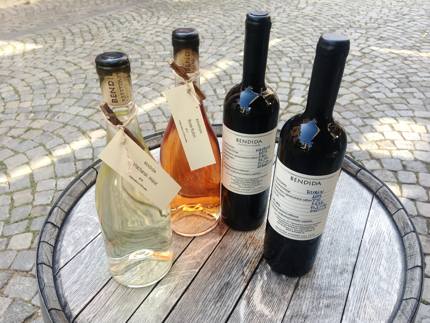
2. Dragomir Winery (http://www.dragomir.bg15 Kuklensko Shose Blvd
Curated by two winemakers, Dragomir now wants to include at least one local grape variety in each vintage. They currently have three labels: Serve, Karizma and Patos. Sarva is entry-level, Karisma is mid-range, while Pitos is high-end and complex.
Don’t make the same mistake I did. Before coming here, I incorrectly assumed that an entry-level wine like Serva Mavrud would be somewhat similar to an entry-level Montepulciano, meaning very easy on the palate but lacking a complex and persistent finish. As Meros and I sat down in the tasting room to enjoy the drink, it became clear that I was wrong – the cerve is intense in color, velvety in texture, and with low tannins, it has exceptional depth and richness. It has a deep taste. Needless to say, I was blown away.
Note: Dragomir is in the process of moving to Brestnik, a village 10 km or 6 miles south of Plovdiv, so check their website before checking in.


3. Villa Ustina (https://villayustina.com/en/51 Nikola Petkov Str, Ustina
This picturesque corner of Bulgaria is 27 kilometers or 17 miles southeast of Plovdiv, and Villa Yustina is truly the star of wine tourism in the Thracian Valley, welcoming wine enthusiasts and connoisseurs from 53 countries in 2018.
Villa Ustina also has three main labels: Villa Ustina (entry level), Four Seasons (mid-range), and Monogram which caters to the high-end market. Made from the local Ruben variety, Four Seasons Rosé is fruity and very pleasant, perfect for a warm summer evening.
Monogram Mavrud and Rubin deserve special mention. My friend Stanislav declared that this is an authentic Bulgarian wine, as it uses local Mavrod and Rubin grapes, aged for 18 months in 100% Bulgarian oak then two years in bottle. This elegant wine goes exceptionally well with red meat, especially goat. Incidentally, the winery also raises a herd of Boer goats and uses the meat in the pairing courses.
Currently, Villa Ustina has a guest house but is in the process of opening a hotel right next to the winery, offering visitors a comfortable stay and a healthy dose of fantastic wine to relax and unwind after a long day. It’s easy to have fun.
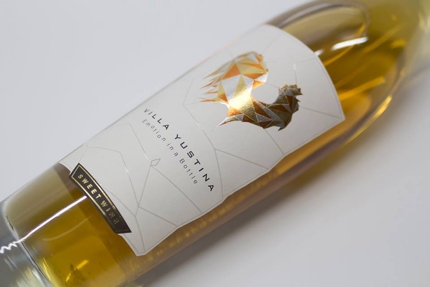
4. Minkoff Brothers (http://www.minkovbrothers.bg), 8473 Venets
From Plovdiv, if you follow route A1 (highway Trakiya) and drive towards Burgas on the Black Sea coast, if you see Route 7 turn left you will come to Minkoff Brothers Winery. The distance between the winery and Plovdiv is about 195 km or 121 miles, so about a 2-hour drive.
The winery has a long history stretching back to 1875 when Ivan, Vasil and Nikifor Minkov established a winery in Venets, a village near Karnobat within Burgas province. His wine won Bulgaria its first gold medal at a wine fair in Brussels in 1894.
Today, the winery produces excellent white and red wines, although I am partial to their dry White Cuveé, a complex wine with peach and floral notes.

Unique selling points of Bulgarian wines
After trying several bottles and talking to friends in Bulgaria, here are five reasons why I think Bulgarian wine will soon become a tour de force on the world stage:
- Bulgarian wine has all the elements needed for success: a long history of winemaking, a continental climate, fertile soil, passion, and money (funding from the EU).
- Most wines retail for less than €15 so it’s good value for money. This is because labor is cheap, and most wineries are small and family-run where everyone multitasks.
- Local red varieties have lower tannins, but you get deeper berry flavors.
- In general, I find entry-level and mid-range Bulgarian wines exceptionally good. They offer similar wines from Argentina, Chile, Italy and Spain that are good value for money.
- Currently 20% of its wine is exported, but with the Internet and e-commerce, that will soon change.
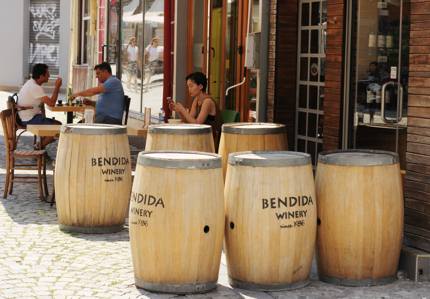
How to reach Plovdiv
Getting to Plovdiv is easy.
1. Fly to Sofia and take a bus from Sofia to Plovdiv.
If you fly into Sofia, you can take Metro Line 2 from Terminal 2 to Serdica Metro Station in the city center, then Line 1 to the Central Bus Station. You can take a direct bus from Sofia’s central bus station to Plovdiv – several bus companies provide this service. The cost is around 14 Bulgarian Lev each way and the journey takes around 2 hours with a final stop at Bus Station South (Yug) in Plovdiv. Before you go, you can check. Sofia Airport Guide All transportation options and more Central Bus Station website.
2. Fly to Sofia and take a train from Sofia to Plovdiv.
From Central Railway Station Sofia, take the Sofia-Svilengrad or Sofia-Burges lines. If you take the high-speed train, the journey takes about 2 hours 30 minutes. For more information, Check out this page.
3. Fly directly to Plovdiv.
You can also fly direct from London Stansted to Plovdiv with Ryanair. Find your flights on it. Sky Scanner.

Useful travel tips
- The currency of Bulgaria is lev. Plovdiv has a number of money exchange shops if you want to exchange pounds or euros into leu.
- The main language is Bulgarian but many people speak excellent English.
- The best time to visit Plovdiv is from April to July, then from September to October. The city is hot in summer, with temperatures averaging 33 °C (91 °F) in July and August, and it is quite common for the mercury to reach 40 °C (104 °F). Winter is cold and snowy so layer up if you go.
Before you go, check Bulgaria Travel Guide And Sofia Airport Guide.
If you liked this article, you may also like:
[ad_2]

